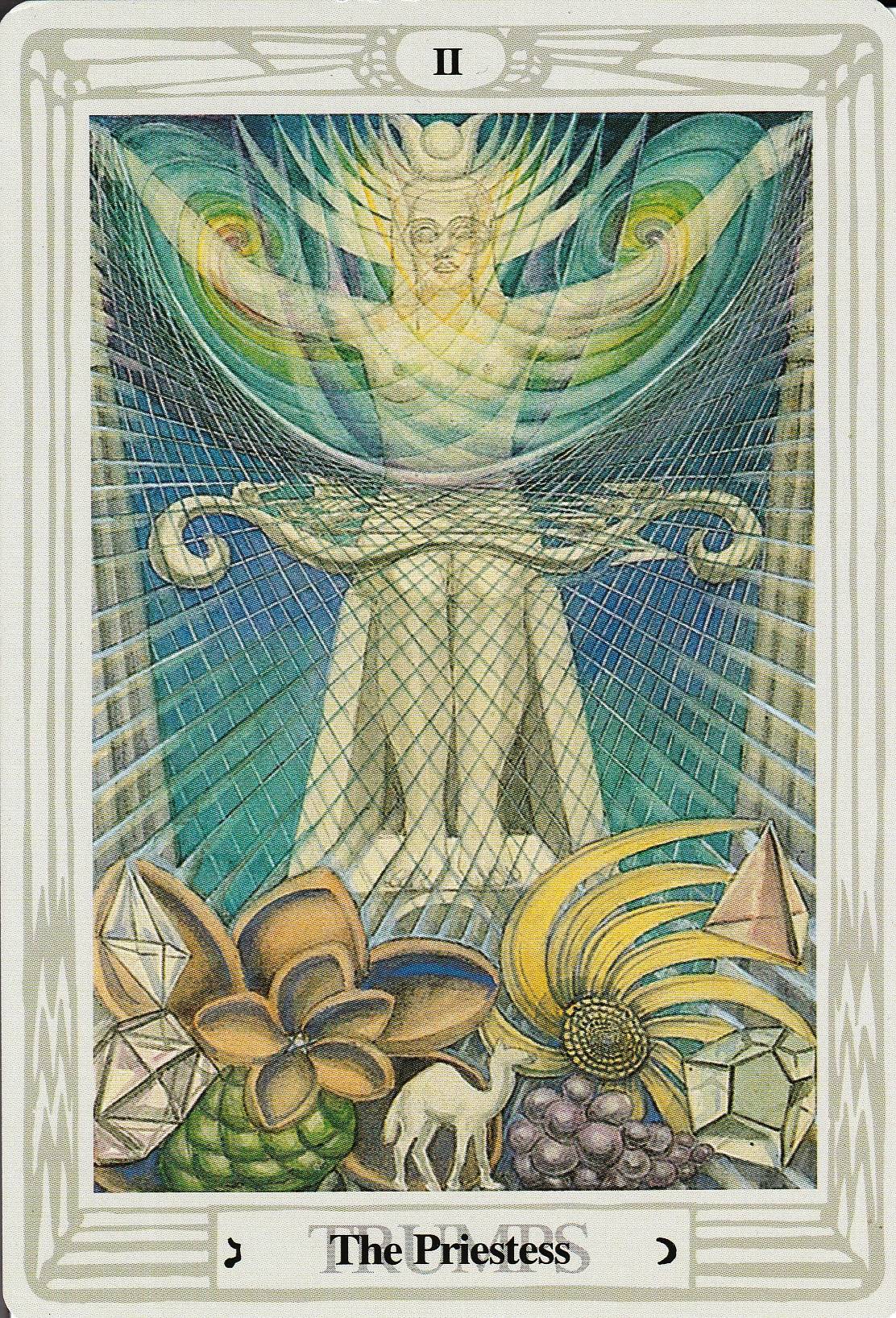
There are many tarot relationships spreads you can choose from. These include the Three-card, Four-card, and Ten-card spreads. Each has its own unique features and uses. You may choose the one that suits you best. Ask a Tarot reader for help if you're unsure.
Ten-card Tarot Relationship Spread
The tarot spread can help you gain insight into your relationship. The relationship is made up of three rows of cards: the first represents you, the second your partner and the third the entire relationship. The first row of cards represents your potential for love, and your desire to be in love.
A tarot card reading can help you to understand your partner better. These professionals are typically psychics with extensive experience reading tarot. They will be able to answer your most pressing questions. Before you book a reading with a tarot professional, it is important to learn about their philosophy and approach. You should look for a reader with the same energy and beliefs as you.
Spread four-card Tarot relationship spread
The Four card Tarot relationship spread, which focuses on the common ground between two people, is called the Four-card Tarot. The middle column includes three cards representing different elements of the relationship. The fourth card indicates the common ground. It might be the past events that shaped you. Card #3 represents your connection to one other and card number 7 your shared goals for the future.

It is important that you look for patterns when looking at the Four-card Tarot relationship spread. For example, the Sun card of the Tarot, which is a court card, symbolizes happiness and success. It also represents a future filled with great times. You can also ask specific questions about your relationship by looking at the other cards in this spread. For example, what will happen if you both move forward?
Three-card Tarot Relationship Spread
The Three-card Tarot relationships spread can help you to see the current state in your relationship. The first card is a representation of personal feelings. It can also be used to indicate the type and duration of the relationship. The second and third cards indicate the strengths and weaknesses of the relationship. These three cards can help you decide what the next step is for you or your partner.
You can use the Three-card Tarot relationship spread to help you improve your relationship and develop a deeper connection with your partner. The first card in this spread represents an element or personality trait that could influence your relationship. It may also represent an outside influence, such as a situation or person.
Five-card Tarot Relationship Spread
A Five-card Tarot relationship spread can give you insights into your relationship. The first card represents your perspective, and the second and three cards represent the other person. They can offer insight into your partner's desires and motivations, as well as the potential of a relationship. The last card provides insight into your relationship as a whole.
The five-card Tarot relationship spread gives insight into the present, future, and past of the relationship. This type of spread is designed to ask questions about the relationship's dynamics and identify areas for improvement.

Spread of seven-card tarot relationships
A relationship Tarot spread is a great way to strengthen your relationships and connect with your partner. The Seven-card Tarot spread looks at the strengths of each partner, not the negative aspects. This spread is especially useful when resolving problems in a relationship.
This spread is for those who already have a lover or are just trying to figure how their relationship is going. The spread's cards are your intentions for your relationship. The third card shows how you relate to the other person. It is a great way for you to discover what the other person needs from your relationship, and where it is headed.
FAQ
What are some good hobbies?
It's the hobbies you are most passionate about that make you happy. You will find it easier to stay motivated if you love what your doing. This will give you a reason for not feeling well, or tired.
The hobbies we all love are gardening, painting and crafting, photography.
Volunteering could be a great option.
Suppose you're looking for something more adventurous. You might consider scuba diving or skydiving.
If you want to go further afield, there are plenty of unique ways to spend time in nature. These include caving.
Is it possible make a living from a hobby?
Not necessarily.
If you are interested in starting a business that is based on your hobby you can be a millionaire.
Let's suppose you enjoy cooking. You love healthy food so you open a new restaurant.
You only serve organic, homemade meals and you charge a small amount to customers to cover labor costs.
You grow your clientele and eventually you hire employees who can work with you.
Soon, your menu will include gluten-free and vegan options as well as desserts.
This scenario allows you to have the lifestyle you want and a business you can be proud of.
Of course, this doesn't mean you must give up your day job.
You could instead run your own restaurant and still hold your 9-5 job.
How do you get started with your new hobby or interest?
The first step toward starting any new hobby is to decide what kind of activity you'd like to pursue.
Once you've chosen your subject, you need to be passionate about it.
Understanding why you are interested in a hobby is important. This will help give you direction and provide a purpose.
Once you decide what kind of hobby you want, you can start planning.
Think about what equipment you'll need to purchase.
You might need to consider whether you should attend classes or seminars.
You must ensure you have enough room for your hobby.
Consider joining a club, or group. These groups usually offer support and advice.
The last thing you should do is think about how much money it would cost to pursue your hobby.
How do I find a hobby to pursue?
It can feel overwhelming to start your search for a hobby when you first begin.
You may be thinking, "I'm just not artistic" or "I hate sports," or perhaps "I don’t even know what I know."
However, it is likely that you already have a lot to draw on when searching for a hobby.
It's only that you don't know it yet.
Take a look around your house. How many things do you own?
Do you have any old toys lying around?
Maybe you have a collection of books or magazines.
Perhaps cooking has been something you've wanted to do all your life.
Or perhaps you would just like to learn how to play the guitar again.
Whatever it is you're interested in, you can make it a hobby.
The secret is to remember that you already have plenty to draw on.
You'll find a hobby that fits your lifestyle once you do.
What are some enjoyable hobbies for seniors
Senior citizens should be able to enjoy activities that they are passionate about. Active seniors should take up sports and other physical activities.
They may want to join clubs that allow them to meet others with similar interests. They will feel less lonely as their age.
Senior citizens need to be aware of the latest trends. For example they could keep up to date with fashion, art music, literature, politics, and so forth.
What are some hobbies that you like?
Hobby Ideas For People Who Love to Teach and Learn.
Hobbies allow you to enjoy what you love while also learning new things.
While there are many types of hobbies available, most share the same characteristics. They are usually enjoyable activities that don't require a lot of effort and can be very economical.
They often involve helping others, such as teaching an instrument to someone or building an airplane model.
You may not think of yourself as a teacher but there might be something you could do in order to help someone else learn.
So if you want to be more creative in your life, consider starting a hobby where you can use your skills to help others.
Why do we need hobbies?
Hobbies can be a part of your life because they provide you with time to unwind, recharge, think creatively as well as the chance to exercise, socialize, and relax. We also have the chance to learn new skills and pursue lifelong passions.
Hobbies are a way to find meaning and purpose.
They are great for spending your free time when there's not much else.
They are fun!
If you don’t have the time to do a hobby, you likely don’t have any other hobbies.
You have many choices. If you don't have a hobby yet, then maybe you should start one today!
Statistics
- This 100% accurate personality-analyzing hobby quiz discovers your passion based on your characteristics. (quizexpo.com)
- I am 100% biologically a woman (discover.hubpages.com)
- A new survey by Pew Research Center of teens ages 13 to 17 finds that 36% of girls feel tense or nervous about their day every day; 23% of boys say the same. (pewresearch.org)
- The intensity of the dialogue partners' bond at the end of the forty-five-minute vulnerability interaction was rated as closer than the closest relationship in the lives of 30 percent of similar students. (time.com)
- Much of this decline reflects the fact that teens are less likely to work today than in the past; among employed teens, the amount of time spent working is not much different now than it was around 2005. (pewresearch.org)
External Links
How To
How to start gardening
Gardening is one of the oldest forms of agriculture. It requires persistence, patience, and determination. It is important to choose the right location for your garden. This could be a large plot of land or even just a small area in your backyard. Next, you will need to decide which type of plants are best for you. Are you more fond of flowers or vegetables? Some people love to grow herbs, while others enjoy raising animals like rabbits. Before you decide which crops you will plant, consider the amount of space you have. If your climate is cold, you may decide to plant berries and fruits.
Once you have made your choice, it is time to prepare the soil. Soil is essential in determining whether your plants will thrive or fail. High quality soil is rich in organic matter, which feeds your plants' roots. Organic matter includes organic matter such as leaves, twigs or grass clippings. Once you have prepared your soil, you need to add nutrients. The type of plant you intend to grow will dictate the amount of nutrients you need. You can calculate these values online with a fertilizer calculator. There are many fertilizers to choose from, so it is important that you are familiar with the product you are using.
Now you need to wait for the seeds to germinate. The process typically takes 2 to 3 weeks depending on the weather conditions and temperature in your area. After seeds have sprouted, water them every day. Problems can arise if you water your plants too frequently or too little. Avoid overwatering your plants. Overwatering your plants can lead to root disease and fungal infections. It is important to remember that plants will need less water in summer than in winter when watering them. Some plants must be dried out after being watered. For example, tomatoes need to stay slightly moist but not wet. Soggy soil is not good for them. After the flowers have stopped, they must go into dormancy. When plants stop producing new growth, they go dormant and start storing energy for next season's harvest. Dormancy means that the plant stops communicating with its roots about producing food. During this period, plants continue to store energy. The plant will eventually die if it is not given enough sunlight or temperatures below freezing.
You may be limited in what plants you can grow if you live in an urban area. Concrete sidewalks, roads and buildings are common in urban areas. They block sunlight from reaching the ground. Concrete absorbs sunlight, which prevents the soil beneath from getting enough sun exposure. This is why many plants cannot thrive in cities. There are many plants that can survive in urban environments. Many trees, shrubs, perennials, and other plants can adapt to urban life. Many annuals are also possible to grow indoors in containers. Container gardens can be used to grow greenery indoors year-round, no matter what the weather outside.
You're now ready to plant after you have chosen where and what to grow in your garden.